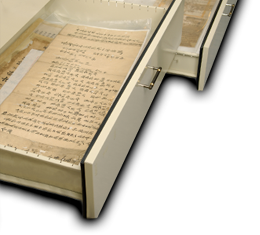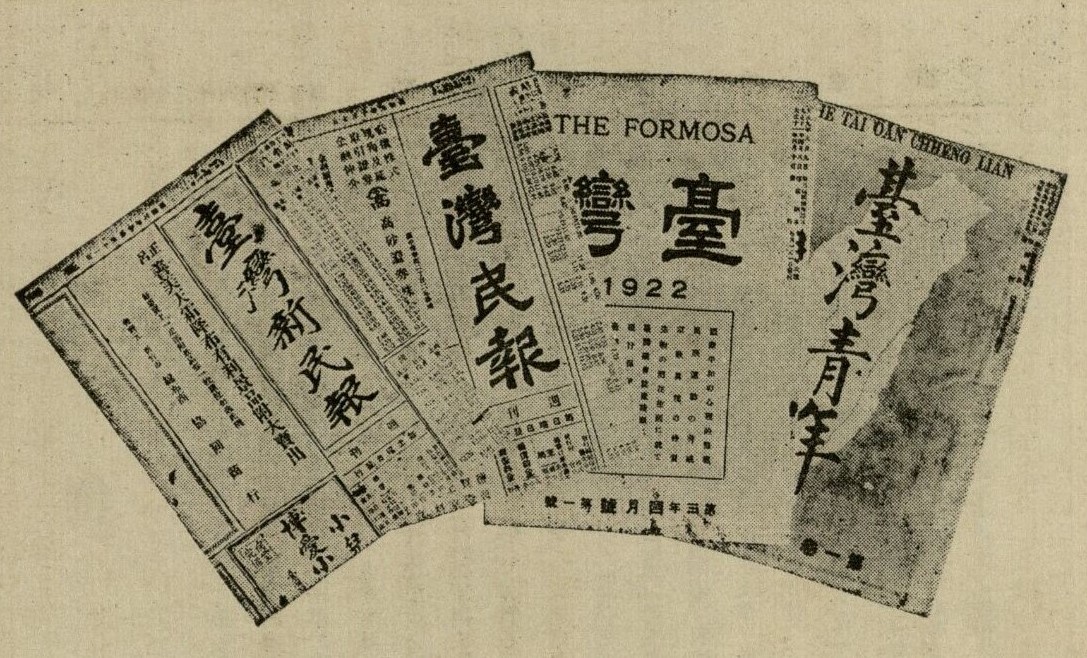| 2024-04-19 |
|
During the Japanese colonial period, the "Taiwan Shinbun" (臺灣新聞) dominated the newspaper industry in central Taiwan, serving as a crucial media outlet for news coverage and social commentary representing the central region. Alongside the "Taiwan Nichi Nichi Shinpo" (臺灣日日新報) in Taipei and the "Tainan Shinpo" (臺南新報) in Tainan, it was known as one of the three major newspapers in Taiwan during that era. The origins of this newspaper can be traced back to the founding of the "Taichu Mainichi Shinbun" (臺中每日新聞) in Taichung in May 1901. It was renamed "Chubu Taiwan Nippou" (中部臺灣日報) in 1903 and officially adopted the name "Taiwan Shinbun" in 1907. The "Taiwan Shinbun" was primarily published in Japanese but also had a Chinese page. In 1910, it established a branch office in Taipei, expanding its operations to northern Taiwan and deploying reporters stationed there. Branch offices were subsequently set up in central Taiwan, including in Changhua, Beidou, and Jiali. In May 1925, it began publishing an evening edition and later issued supplements such as the Hsinchu page, Kaohsiung page, and an additional supplement for Changhua City. As Japan's militarism expanded and international tensions heightened, official orders in 1937 mandated the cessation of the Chinese page. In 1944, due to the Governor-General's policy of speech control, the "Taiwan Shinbun" merged with five other major newspapers, including the "Taiwan Nichi Nichi Shinpo" and the "Kounan Shinbun" (興南新聞, formerly known as the Taiwanese-owned "Taiwan Shinminpo" (臺灣新民報)), to form the "Taiwan Shinpo" (臺灣新報). Over its more than 40-year history of publication, the "Taiwan Shinbun" consistently circulated approximately 8,000 to 9,000 copies daily, making significant contributions to in-depth news coverage in central Taiwan. It focused on major events and their local implications, as well as reports on industry and technology. The newspaper also distinguished itself with literary and artistic content, setting it apart from other publications of its time. The "Taiwan Shinbun" serves as a vital historical resource for studying political, social, industrial, and cultural developments in central Taiwan during the Japanese colonial period. It provides valuable insights into the region's dynamics and the intersection of local issues with broader historical contexts. The preservation of "Taiwan Shinbun" has been a challenge in Taiwan, with major domestic archival institutions typically storing only sporadic monthly newspapers or making them available in microfilm format. Recognizing the significance of these publications, in recent years our institution has collected and unearthed a relatively complete collection from 1938 to 1944, compiled into the "Records of the Taiwan Shinbun" We are initially opening access to newspapers from 1938 to 1939, a unique collection both domestically and internationally, providing crucial historical materials for studying local studies and the period of Japan's assimilation policies during World War II in Taiwan. Comprehensive catalogs and digital images are now fully accessible online, welcoming users to explore them.
Figure 1: Commemorative Issue of the "Taiwan Shinbun" on July 14, 1938, featuring the "Taipei-Chungli Line Restoration"
Figure 2: "Taiwan Shinbun" on July 16, 1938, featuring "Review of Taichu Prefecture Art Exhibition — Viewing Section Four Sculptures"
Figure 3: "Taiwan Shinbun" on April 29, 1939, featuring "Taichu Prefecture's Pig Farming Incentives Aiming for 500,000 Heads" |





.jpg)
.jpg)
.jpg)